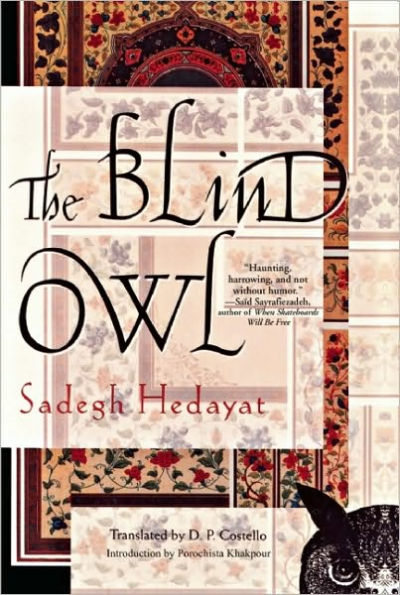
The Blind Owl
160
The Blind Owl
160Paperback
-
PICK UP IN STORECheck Availability at Nearby Stores
Available within 2 business hours
Related collections and offers
Overview
“….There are indeed marked differences between Costello’s and Noori’s translations. As Noori indicates, his attempt to preserve the overabundance of dashes gives the reader a more immediate sense of the narrator’s agitation...The first sentence flows on in Noori’s translation, piling sensation upon sensation never allowing us to pause and catch our breath or separate out the images from the sensations. In his discussion of the relationship between his translation and Costello’s, Noori also draws on translation theory and sees Costello’s focus on the fluidity of the text in English as a “domestication” of Hedayat’s original. Noori’s new English translation and his preface are a welcome addition and will no doubt draw the attention of scholars interested in Hedayat’s works. The close textual and comparative analysis of the type Noori offers marks a new and long-overdue critical approach to the translation of the most celebrated work of modern Persian prose.” -Professor Nasrin Rahimieh in Middle Eastern Literatures

Product Details
| ISBN-13: | 9780802144287 |
|---|---|
| Publisher: | Grove/Atlantic, Inc. |
| Publication date: | 10/12/2010 |
| Pages: | 160 |
| Sales rank: | 1,164,325 |
| Product dimensions: | 7.30(w) x 11.30(h) x 0.40(d) |
About the Author
Naveed Noori is the pseudonym for an Iranian writer whose first novel, Dakhmeh, was selected by Barnes and Nobles as part of their “Great New Writers Series” in 2003. In 2012 his translation of Sadegh Hedayat’s The Blind Owl was published under the auspices of the Sadegh Hedayat Foundation and the L’Aleph. He has translated several works for the Iranian writer Moniro Ravanipur, one of which has appeared in Paul Revere’s Horse in 2011. Naveed Noori is also the author of several short stories. His short story entitled “The Fortune Seller” was published in Hayden’s Ferry Review and nominated for a Pushcart Prize in 2009. He is currently working on his second novel based on the aforementioned short story.
